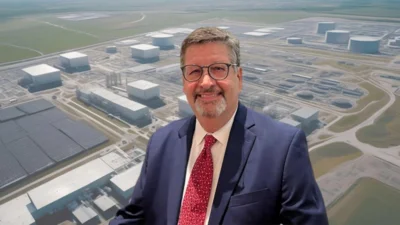In an effort to curb the growing trend of human trafficking in the region, the Greater Longview United Way and the Center to Combat Human Trafficking teamed up to host an event to increase awareness about the trafficking challenge in Texas.
A focal point of the Dec. 8 program was a map following human trafficking that highlighted hot spots along Interstate Highway 20 in East Texas, according to the Longview News-Journal. Local United Way Director Evan Dolive used it to point out that human trafficking can happen anywhere.
“Greater Longview United Way chose to co-host this event because human trafficking has far-reaching effects and can happen right in our own community,” Dolive told the publication. “We believe that a committed, loving, giving, community is the strongest force for change.”
Human trafficking can be disguised as a number of seemingly innocent opportunities, from domestic work, food service, construction, landscaping, cleaning services to massage or escort services, bars and strip clubs or pornography, to mention just a few. Aja Houle, who facilitated the virtual presentation and is a survivor of human trafficking, told the publication that human trafficking for sex and labor are underreported.
“Texas, Florida, New York, California are believed to be the states that have the most people trafficked,” she told the News-Journal. “And 40.3 million people are trafficked across the world.”
A goal of the presentation, according to the News-Journal report, was to dispel misconceptions about human trafficking. It doesn’t require a lot of movement, and can happen in a community or between countries, according to the publication, including along the United States/Mexico border.
“When it comes to traffickers, they’re in it for the money and for themselves,” Jess Torres, another facilitator and human trafficking survivor, told the News-Journal. “Traffickers are anyone.”
Moreover, Dolive told the News-Journal that human trafficking can no longer be viewed simply as a big-city problem or something that happens in other countries. Increasing awareness will bring attention to the issue.
According to the publication, Torres noted that human trafficking is coming from the U.S.-Mexico border, but the issue isn’t a border problem alone. She added, according to the report, that statistics can often be used to cast blame on Mexico and nations in Central America as the sources of the problem.
Indeed, the problem is growing in all areas. Data from a 2016 report by the University of Texas, found that at any given time in the state, there are more than 78,000 minors and youths who are victims of human trafficking, and more than 234,000 individuals who are victims of labor trafficking.









